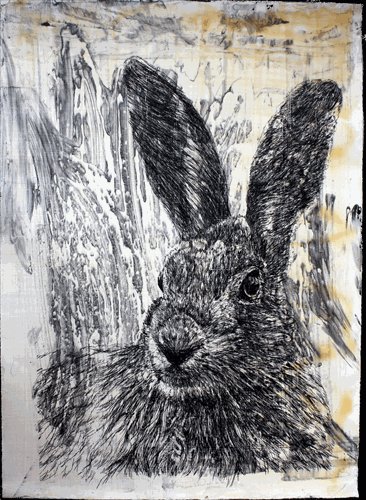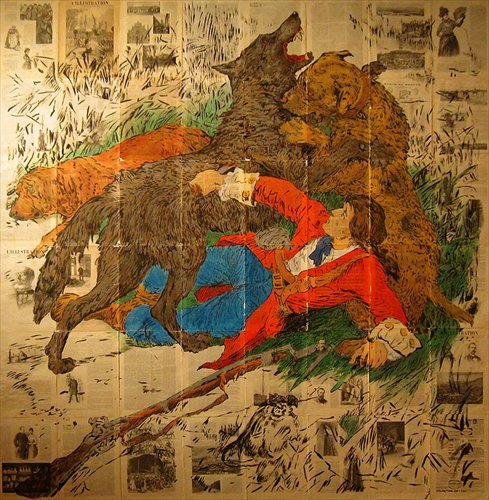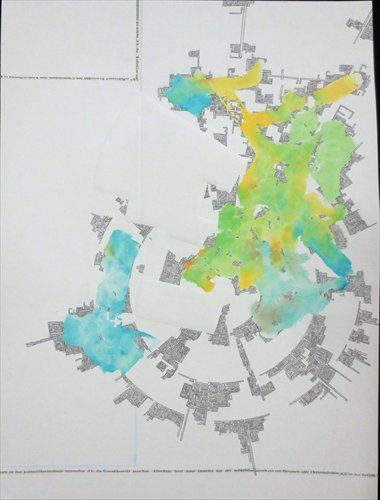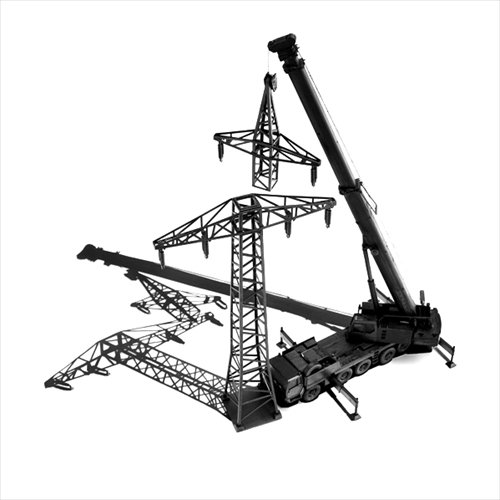Mind to mind
Exhibit brings nine Mexican artists to Beijing




Artworks on display as part of the Lost Horizon exhibition at the Xu Yuan Center Photos: Courtesy of the Nao Now project
What really matters when it comes to contemporary art? Pablo J. Rico, the Spanish curator of the Nao Now project, believes it's the thoughts and ideas that people have in their minds that really matter. Having previously cooperated with Chinese artist Xu Bing, Rico is now bringing his Mexico-China art exchange project to Beijing.
A combination of "Nao," which comes from "La Nao de China" a trade route between Mexico and China, and the English word "Now," to Chinese ears the title sounds like the pronunciation of "brain-brain" in Chinese. Rico says this was a deliberate choice as it fits with the theme of holding an exchange between different minds.
Lost Horizon, an exhibition currently being held at the Xu Yuan Center in Beijing and set to end this month, is the Nao Now project's first event. Bringing 90 artworks by nine contemporary artists all the way from Mexico to China's capital, Rico told the Global Times that the works were chosen for their ability to represent the artists' unique personalities and thoughts about art.
Having attended art exhibitions in China on several occasions, Rico felt the time was right to bring art works from Mexico to the country. "I've felt great changes in contemporary art development in China. There were only a few large galleries displaying contemporary art in the 1990s, but now it has become a big center where artists around the world can gather together."
Rico explained that he chose these nine artists for their unique minds and outlooks on art. "They brought their work here to share with local people their ideas. They will live here for two months, so they can use some inspiration from Beijing in their new works. These works will be shown in the US and Mexico, to present an exchange of culture," he added.
Some of the artists present their unique view of cities. For instance, Vanessa Farfán, who has lived in Berlin, Germany, presents the city in an abstract map-like way. Lines gather in circles around some parts of the canvas, with complicated puzzles suggesting roads and other traces of the city. Some lines cut from a huge book decorate part of the images of the city. "I used empty sections to present some ruins which were destroyed during the war," she explained to the Global Times, adding that her new works will be similar maps depicting Beijing.
Some works have been specifically made for the exhibition and so carry a distinct Asian flavor. In one work artist Valerie Campos takes an already existing traditional Chinese landscape painting and adds special elements of her own such as giant ostrich-like birds, alien creatures and people from different eras. Although colorful and happy at first glance, the painting betrays a part of the artist's darker nature as a closer examination reveals disquieting elements such as disembodied heads and a giant squid attacking a factory.
Similar paintings that tell stories by adding additional elements to preexisting paintings include the works of other artists such as Ramiro Martinez and Nacho Chincoya, who restructure paintings in a unique way in an attempt to stimulate the imaginations of visitors to the exhibition.
"They present a 'mythical' and utopian space, a new Shangri-La of art for our Mexican artists," Rico wrote in the foreword for the exhibition.
Newspaper headline: Exhibit brings nine Mexican artists to Beijing